Cross Linking Corneal

Pdf Post Collagen Cross Linking Infection

Diagram Of Proposed Crosslinking Mechanisms At The Molecular Level In Download Scientific Diagram
Q Tbn And9gcsyq Pvey6z74zphesq6ih7yqz Ojkozuif Nbqp4ujunmqr Xf Usqp Cau
1

Corneal Crosslinking Maryland Vision Institute

Corneal Cross Linking Cxl Treatment For Keratoconus Explained
Crosslinking is a minimally invasive outpatient procedure that combines the use of UVA light and riboflavin eye drops to add stiffness to corneas which have been weakened by disease or refractive surgery.

Cross linking corneal. Crosslinking is a minimally invasive outpatient procedure that combines the use of UVA light and riboflavin eye drops to add stiffness to corneas which have been weakened by disease or refractive surgery Crosslinking, which has been performed in Europe since 03, is considered the standard of care around the. Crosslinking is a minimally invasive outpatient procedure that combines the use of UVA light and riboflavin eye drops to add stiffness to corneas which have been weakened by disease or refractive surgery Crosslinking, which has been performed in Europe since 03, is considered the standard of care around the. Corneal scarring, which occurred in 28 percent of epioff crosslinking patients in one prospective study, can be a result of dense haze 1 “If a scar is more peripheral, the patient can still have good vision,” says Dr Luchs “If the scar is causing some irregular astigmatism, which keratoconus patients have already, the patient may.
What is corneal crosslinking procedure Keratoconus and corneal ectasia are degenerative conditions in which the cornea’s collagen weakens and begins to stretch outward and thin Corneal weakening and thinning are caused by the collagen bonds breaking or stretching in the cornea. Cummings AB, McQuaid R, Naughton S, Brennan E, Mrochen M Optimizing corneal crosslinking in the treatment of keratoconus a comparison of outcomes after standard and highintensity protocols. The #1 goal of corneal crosslinking is to stabilize and halt the progression of degenerative corneal diseases such as keratoconus and corneal ectasia Halting the disease may eliminate the need for a future corneal transplant Corneal crosslinking will not eliminate the need for glasses or contact lenses.
Corneal Cross Linking (CXL) utilises principles derived from dentistry where light can be used to strengthen polymers used for fillings and tooth restoration About the process In the treatment of Keratoconus or Pellucid Marginal Degeneration (PMD) the aim is to strengthen the corneal collagen by exposing it to UV light This is achieved by soaking the corneal collagen with a green dye in. Corneal collagen crosslinking a review of 1year outcomes Eye Contact Lens 14;40(6) 2 Hashemi H, Seyedian MA, Miraftab M, et al Corneal collagen crosslinking with riboflavin and ultraviolet a irradiation for keratoconus longterm results Ophthalmology 13;1(8)1515 3 O’Brart DP, Kwong TQ, Patel P, et al Longterm. Corneal crosslinking is a treatment for keratoconus and postLASIK ectasia in which a special laser and riboflavin eye drops are used to strengthen the cornea, stabilize vision, and prevent further corneal bulging.
Who Can Benefit From CrossLinking?. Corneal cross linking is a procedure used to strengthen corneas While corneal cross linking (sometimes referred to as CL or CXL) has been practiced outside the United States for more than a decade, the procedure was only recently approved for use within the United States. Corneal Cross Linking (CXL) Corneal crosslinking, commonly referred to as CXL, is the name of an eye procedure that strengthens the cornea of your eye that has typically been weakened by keratoconus, LASIK surgery or other corneal diseases Corneal cross linking is also referred to as C3R, CCL, KXL and corneal collagen cross linking.
Crosslinking is surgery to treat a weakened or warped cornea Disease or sometimes surgery can harm collagen—an important substance that holds the cornea together “Crosslinking” new collagen fibers together strengthens and reinforces the cornea Who Might Benefit from CrossLinking?. What is the main goal of CrossLinking?. Crosslinking is a minimally invasive outpatient procedure that combines the use of UVA light and riboflavin eye drops to add stiffness to corneas which have been weakened by disease or refractive surgery Crosslinking, which has been performed in Europe since 03, is considered the standard of care around the.
Corneal crosslinking Corneal crosslinking (CXL) is a treatment which prevents keratoconus getting worse Keratoconus is a noninflammatory eye condition in which the normally round domeshaped clear window of the eye (cornea) progressively thins, causing a conelike bulge to develop CXL treatment is successful in more than 90% of cases. What is Corneal CrossLinking?. Dr Andrew Holzman, an ophthalmologist serving the greater Washington DC area, provides corneal crosslinking as an effective procedure to help restore the shape of eyes distorted from keratoconus The purpose of corneal crosslinking is to fortify the cornea by increasing the number of attachments that bind the collagen fibers to each other.
Corneal cross linking with riboflavin for keratoconus Clinical and costeffectiveness Ottawa, ON Canadian Agency for Drugs and Technologies in Health;. Corneal crosslinking provides patients a muchneeded option to treat this debilitating disease Patients suffering from progressive keratoconus can now receive a therapeutic treatment that has been rigorously tested and approved" Mary Prudden, Executive Director for the National Keratoconus Foundation. What Is Corneal CrossLinking?.
Keratoconus, often referred to as ‘KC’, is a noninflammatory eye condition in which the typically round domeshaped cornea progressively thins and weakens, causing the development of a conelike bulge and optical irregularity of the cornea. Corneal crosslinking Corneal crosslinking (CXL) is a treatment which prevents keratoconus getting worse Keratoconus is a noninflammatory eye condition in which the normally round domeshaped clear window of the eye (cornea) progressively thins, causing a conelike bulge to develop CXL treatment is successful in more than 90% of cases. Objective UVA/Riboflavin crosslinking of corneal collagen fibers (CXL) is a highly promising therapy for corneal melting in humans A prospective interventional, nonrandomized, controlled study was conducted to compare the stabilizing effect of CXL treatment on melting keratitis in dogs and cats and the complication rate of CXL to those of standardized intensive medical treatment.
What is Corneal CrossLinking?. Avedro’s corneal crosslinking procedure is the first and only therapeutic treatment that stiffens the cornea to slow the progression of the keratoconus What is Keratoconus?. Corneal collagen crosslinking using riboflavin and UV received FDA approval on April 18, 16 In 15, a cochrane systemic review analysing CXL for treating keratoconus revealed that the evidence for the use of CXL in the management of keratoconus is limited due the lack of properly conducted Randomized Controlled Trials.
Corneal crosslinking is an inoffice treatment that takes approximately 1 hour Eye drop anesthesia provides complete comfort No other anesthesia is required After the procedure, an antiinflammatory contact lens is placed on the eye for comfort and healing. Here’s a list of the documented complications of CXL crosslinking 1) severe pain 2) vision loss 3) corneal infection and ulceration 4) corneal haze 5) delayed epithelial healing 6) worse, more blurry vision 7) cornea nerve damage persists even 5 years after CXL 8) permanent corneal scarring 9) induced visual distortions 10) peripheral flap. Corneal crosslinking is most effective when performed before keratoconus causes significant vision loss or before the cornea loses most of its shape If treated on time, crosslinking can halt the progression of keratoconus and improve the cornea’s shape, resulting in improved visual acuity.
Corneal Cross Linking (CXL) utilises principles derived from dentistry where light can be used to strengthen polymers used for fillings and tooth restoration About the process In the treatment of Keratoconus or Pellucid Marginal Degeneration (PMD) the aim is to strengthen the corneal collagen by exposing it to UV light This is achieved by soaking the corneal collagen with a green dye in. Corneal crosslinking (CXL) has been acknowledged as an effective method for halting the progression of keratoconus by photosensitization of riboflavin activated by ultravioletA(UVA)1–6 For this surgical indication, it is usually recommended that the preoperative corneal thickness is at least 400μm, in order to prevent corneal. Corneal collagen crosslinking (CXL) is considered not medically necessary when the above criteria have not been met and for all other indications Coding The following codes for treatments and procedures applicable to this document are included below for informational purposes Inclusion or exclusion of a procedure, diagnosis or device code(s.
Keratoconus is a progressive eye disease in which the normally round cornea thins and begins to bulge into a conelike shape, causing distorted vision. Leads to the stiffening of the cornea. Most variations on the crosslinking procedure center around finding better ways to get the riboflavin into the corneal tissue Recently, a novel approach was suggested by John S Jarstad, MD, FAAO, associate professor of clinical ophthalmology and director of cataract and refractive surgery at the University of Missouri School of Medicine.
What is Corneal CrossLinking?. Corneal crosslinking surgery prevents the progressive keratoconus from getting worse and also substitutes the need for corneal transplant surgery Procedure of Corneal CrossLinking Surgery Corneal crosslinking surgery is a twostep process that involves the use of eye drops (riboflavin) followed by controlled exposure to ultraviolet (UV) light. Results in a shortening and thickening of the collagen fibrils;.
Corneal crosslinking involves application of riboflavin solution to the eye that is activated by illumination with UVA light for approximately 30 or fewer minutes The riboflavin causes new bonds to form across adjacent collagen strands and proteoglycans in the stromal layer of the cornea , which recovers and preserves some of the cornea's mechanical strength. Crosslinking, which has been performed in Europe since 03, is considered the standard of care around the world for keratoconus and corneal ectasia following refractive surgery2 Corneal CrossLinking Creates new corneal collagen crosslinks;. Corneal crosslinking works best if you’ve recently been diagnosed with keratoconus or corneal ectasia Keratoconus is a progressive condition in which the clear tissue on the front of the eye (cornea) bulges outward into a cone shape This bulging causes the vision to become distorted and decreased.
Crosslinking is a minimally invasive outpatient procedure that combines the use of UVA light and riboflavin eye drops to add stiffness to corneas which have been weakened by disease or refractive surgery Crosslinking, which has been performed in Europe since 03, is considered the standard of care around the. The #1 goal of corneal crosslinking is to stabilize and halt the progression of degenerative corneal diseases such as keratoconus and corneal ectasia Halting the disease may eliminate the need for a future corneal transplant Corneal crosslinking will not eliminate the need for glasses or contact lenses. Corneal collagen crosslinking is a technique that was first used in 1998 to treat patients with a disease called keratoconus In keratoconus, the cornea (the front clear window of the eye) can become weak, thin, and irregularly shaped Instead of keeping its normal round shape, corneas with keratoconus can bulge forward into the shape of a cone causing poor vision.
What is corneal crosslinking procedure Keratoconus and corneal ectasia are degenerative conditions in which the cornea’s collagen weakens and begins to stretch outward and thin Corneal weakening and thinning are caused by the collagen bonds breaking or stretching in the cornea. Corneal Collagen CrossLinking (CXL) uses UVA light in conjunction with riboflavin to strengthen corneal tissue to slow and even halt the progression of keratoconus Keratoconus is a condition in which the cornea weakens and becomes progressively thinner, causing its normally round shape to bulge out into a cone, resulting in high levels of. Introduction Since Dr Theo Seiler and colleagues introduced corneal crosslinking (CXL) in 03 1, the procedure has gained significant momentum in the treatment of corneal diseases, particularly corneal ectasiaUsing a combination of ultraviolet light (UVA) and riboflavin eye drops, corneal crosslinking has taken a relatively simple combination and created an intriguing treatment paradigm.
Corneal collagen crosslinking is a noninvasive procedure combining the use of ultraviolet light with the KXL® System and Photrexa® riboflavin drug formulations Mechanism of Action Riboflavin 5’phosphate sodium (Vitamin B2) is the precursor of two coenzymes, flavin adenine dinucleotide and flavin mononucleotide, which catalyze oxidation. April 21, 10 Henriquez MA, Izquierdo L Jr, Bernilla C, et al Riboflavin/Ultraviolet A corneal collagen crosslinking for the treatment of keratoconus Visual outcomes and Scheimpflug analysis. What is Corneal CrossLinking?.
Crosslinking is a minimally invasive, FDA approved, outpatient procedure that combines the use of prescription eye drops, Photrexa® Viscous (riboflavin5’phosphate in % dextran ophthalmic solution), Photrexa® (riboflavin 5’phosphate ophthalmic solution), and ultraviolet A (UVA) light from the KXL® system for the treatment of progressive keratoconus. Corneal crosslinking works best if you’ve recently been diagnosed with keratoconus or corneal ectasia Keratoconus is a progressive condition in which the clear tissue on the front of the eye (cornea) bulges outward into a cone shape This bulging causes the vision to become distorted and decreased. Who Can Benefit From CrossLinking?.
Informative video about corneal crosslinking (CXL), which is a treatment for patients with keratoconus and can prevent their condition getting worse This v. In corneal crosslinking, doctors use eyedrop medication and ultraviolet (UV) light from a special machine to make the tissues in your cornea stronger The goal is to keep the cornea from bulging. Corneal cross linking, also known as corneal collagen cross linking, was first introduced in the late 1990s as a form of treatment to slow down or arrest the progression of keratoconusCross linking works by increasing the number of collagen bonds in corneal tissue, thereby strengthening the cornea and maintaining its structural integrity.
Corneal CrossLinking Technology for Progressive Keratoconus at UI Ophthalmology What is Keratoconus?. Cornea crosslinking (sometimes called corneal collagen crosslinking) is a minimally invasive procedure designed for people who have keratoconus, an inherited eye disorder People with this condition have a thin, weak cornea that takes an irregular cone shape rather than a normal dome shape. Corneal Collagen CrossLinking (CXL) uses UVA light in conjunction with riboflavin to strengthen corneal tissue to slow and even halt the progression of keratoconus Keratoconus is a condition in which the cornea weakens and becomes progressively thinner, causing its normally round shape to bulge out into a cone, resulting in high levels of.
Corneal collagen crosslinking (CXL) is considered not medically necessary when the above criteria have not been met and for all other indications Coding The following codes for treatments and procedures applicable to this document are included below for informational purposes Inclusion or exclusion of a procedure, diagnosis or device code(s. Corneal crosslinking is most effective when performed before keratoconus causes significant vision loss or before the cornea loses most of its shape If treated on time, crosslinking can halt the progression of keratoconus and improve the cornea’s shape, resulting in improved visual acuity. Corneal crosslinking is a surgical procedure designed to help people with keratoconus The condition can be hereditary, or it can develop after a refractive surgery (like LASIK) Doctors use a vitamin solution and light to strengthen eye structures and resolve the distortion keratoconus can cause ( Learn more).
Corneal crosslinking (CXL) has been acknowledged as an effective method for halting the progression of keratoconus by photosensitization of riboflavin activated by ultravioletA(UVA)1–6 For this surgical indication, it is usually recommended that the preoperative corneal thickness is at least 400μm, in order to prevent corneal. Crosslinking is a minimally invasive outpatient procedure that combines the use of UVA light and riboflavin eye drops to add stiffness to corneas which have been weakened by disease or refractive surgery. Corneal Cross Linking Corneal Collagen Cross Linking is a relatively pain free procedure that is performed to slow or stop the progression of Keratoconus Currently, there is not a cure for Keratoconus, however Cross Linking slows or halts the progression of the disease to prevent the cornea from becoming more irregular.
What is the main goal of CrossLinking?. Corneal crosslinking is an inoffice procedure that works to strengthen and stabilize the cornea in eyes that have weakness from keratoconus or ectasia At Baylor Medicine, our cornea specialists are experienced in the treatment of keratoconus and corneal ectasias Corneal crosslinking uses a. What is Corneal CrossLinking?.
Keratoconus Patients Patients suffering from keratoconus experience a thinning of the cornea causing visual impairments and could lead to corneal transplantation with progression of the condition CrossLinking has the ability to stabilize the cornea, repairing its biomechanical integrity and halting or slowing progression of keratoconus in the early phases. FAQs What is corneal crosslinking?. Corneal crosslinking is a minimally invasive outpatient procedure designed to treat progressive keratoconus (and, sometimes, other conditions that cause a similar weakening of the cornea ) The corneal crosslinking procedure strengthens and stabilizes the cornea by creating new links between collagen fibers within the cornea.
Cornea crosslinking (sometimes called corneal collagen crosslinking) is a minimally invasive procedure designed for people who have keratoconus, an inherited eye disorder People with this condition have a thin, weak cornea that takes an irregular cone shape rather than a normal dome shape. Crosslinking is a minimally invasive outpatient procedure that combines the use of UVA light and riboflavin eye drops to add stiffness to corneas which have been weakened by disease or refractive surgery Crosslinking, which has been performed in Europe since 03, is considered the standard of care around the. Corneal crosslinking is a treatment for keratoconus and postLASIK ectasia in which a special laser and riboflavin eye drops are used to strengthen the cornea, stabilize vision, and prevent further corneal bulging.
Crosslinking is approved for use in people with Keratoconus. Corneal crosslinking (CXL) is an inoffice eye procedure that is said to strengthen or stabilize the cornea if it's been weakened by keratoconus, other corneal disease, or a complication of LASIK surgery During the procedure, riboflavin is applied to the epithelized or deepithelialized cornea followed by exposure to UV light. Dr Andrew Holzman, an ophthalmologist serving the greater Washington DC area, provides corneal crosslinking as an effective procedure to help restore the shape of eyes distorted from keratoconus The purpose of corneal crosslinking is to fortify the cornea by increasing the number of attachments that bind the collagen fibers to each other.
Keratoconus Patients Patients suffering from keratoconus experience a thinning of the cornea causing visual impairments and could lead to corneal transplantation with progression of the condition CrossLinking has the ability to stabilize the cornea, repairing its biomechanical integrity and halting or slowing progression of keratoconus in the early phases. Corneal Crosslinking The Only FDA Approved Treatment That Can Prevent Keratoconus From Getting Worse Corneal collagen crosslinking, also known as KXL or CXL, is a newly FDA approved procedure that helps treat keratoconus by stabilizing the cornea to prevent it from getting weaker and thinner.

Current Concepts In Crosslinking Thin Corneas Deshmukh R Hafezi F Kymionis Gd Kling S Shah R Padmanabhan P Sachdev Ms Indian J Ophthalmol

Corneal Cross Linking What Is This Treatment About Imo

Corneal Collagen Cross Linking Shows Promise For Treating Keratoconus Ectasia

Corneal Cross Linking

Customized Corneal Cross Linking One Year Results American Journal Of Ophthalmology

Tech Spotlight Avedro S Corneal Cross Linking Technology Ophthalmologyweb The Ultimate Online Resource For Ophthalmologists

Remodelling Process Following Cross Linking With Riboflavin Ultraviolet Download Scientific Diagram

Corneal Cross Linking

Corneal Crosslinking A Look At Data That Convinced The Fda

Corneal Cross Linking Cxl Precision Family Eye Care

Recent Advances In Corneal Collagen Cross Linking Sachdev Gs Sachdev M Indian J Ophthalmol
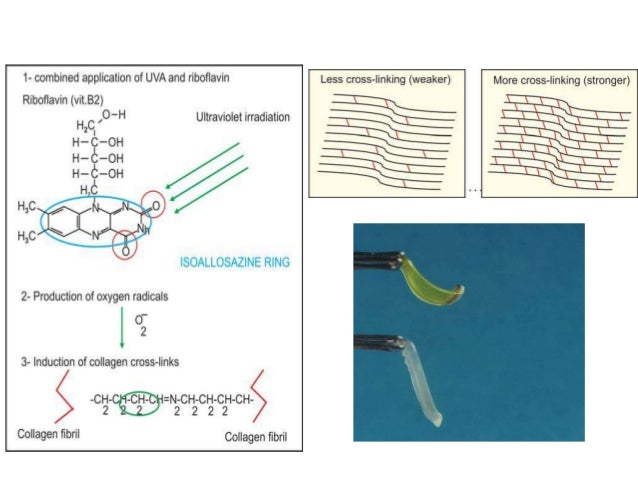
Corneal Collagen Cross Linking

Collagen Cross Linking A New Treatment Paradigm In Corneal Disease A Review
Q Tbn And9gcsh9jfhomq K9jrj 7o7nkgmo Bmhmkyxwwzpdrxl8r068vcljl Usqp Cau
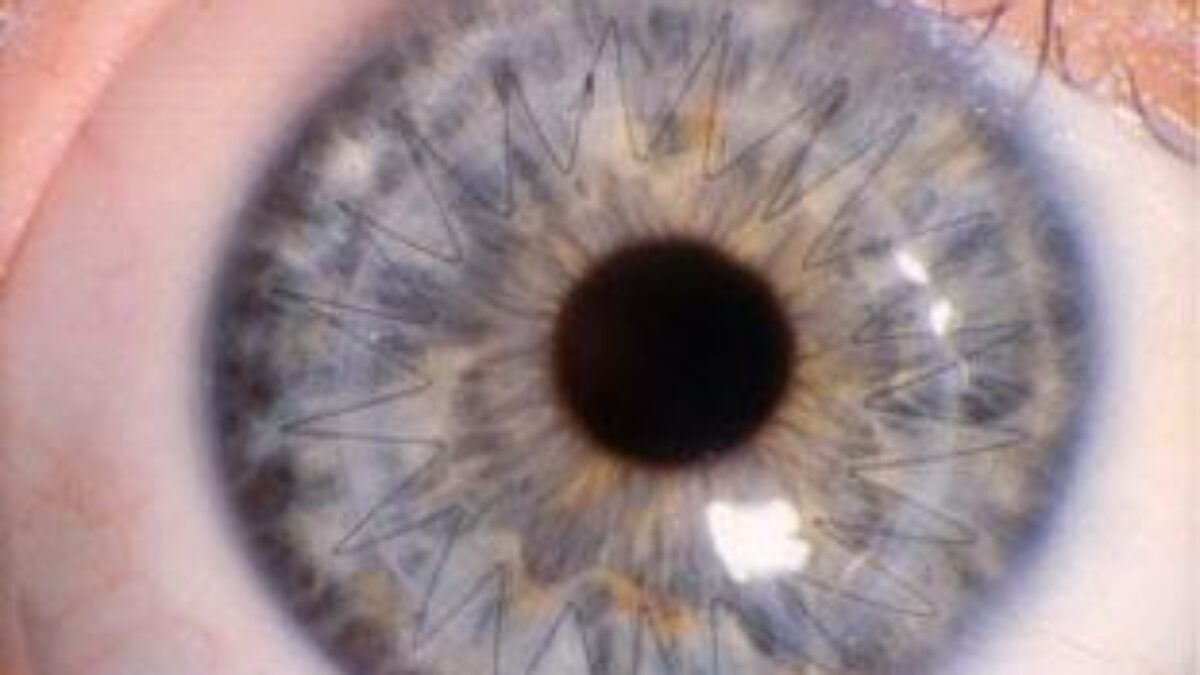
Keratoconus Treatment Cleveland Corneal Cross Linking Cleveland

How To Choose The Best Cross Linking Procedure In 16 Touchophthalmology
Corneal Crosslinking American Academy Of Ophthalmology

Corneal Collagen Cross Linking Dick White Referrals

Medicare Rebate For Corneal Cross Linking Optometry Australia

Figure 2 From Corneal Collagen Cross Linking As Treatment For Infectious And Noninfectious Corneal Melting In Cats And Dogs Results Of A Prospective Nonrandomized Controlled Trial Semantic Scholar

Cornea Charleston Cross Linking Charleston Carolina Cataract

Keratoconus And Corneal Cross Linking Dr Marco Lombardo

Corneal Collagen Cross Linking For Keratoconus Touchophthalmology

Corneal Cross Linking Cxl Surgical Treatment For Keratoconus

Corneal Cross Linking Collagen Cross Linking Kellogg Eye Center Michigan Medicine

Icrs And Cross Linking For Corneal Ectasia

Your Top 12 Crosslinking Questions Answered
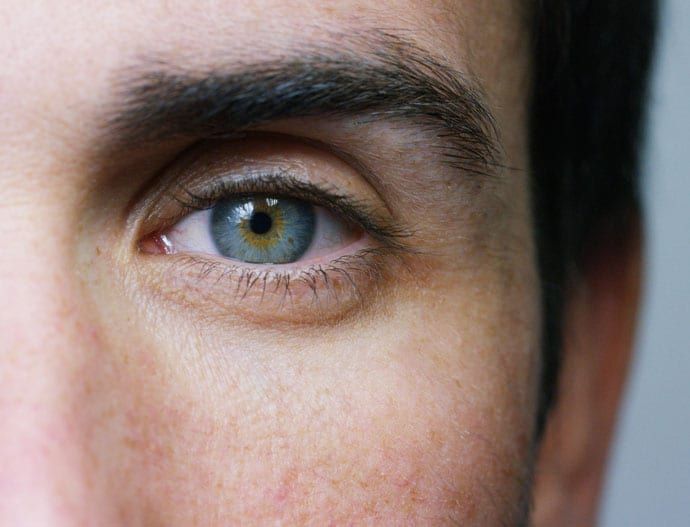
Corneal Collagen Crosslinking South Shore Eye Care

Postoperative Management Of Corneal Crosslinking Patients

Current Concepts In Crosslinking Thin Corneas Deshmukh R Hafezi F Kymionis Gd Kling S Shah R Padmanabhan P Sachdev Ms Indian J Ophthalmol

Collagen Cross Linking The Eye Practice

Corneal Collagen Cross Linking For Keratoconus Youtube

Corneal Cross Linking Keratoconus
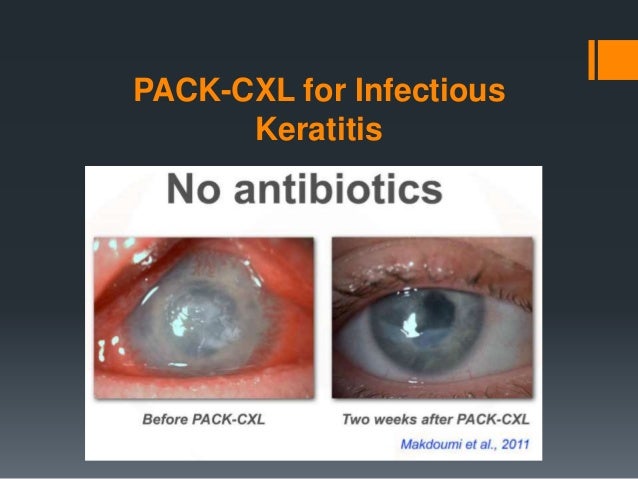
The Recent Updates About Corneal Collagen Crosslinking

Corneal Collagen Cross Linking For Keratoconus Touchophthalmology

Crosslinking Showing Potential For Refractive Correction Ophthalmology Times

Corneal Cross Linking Success Rates Safety Recovery
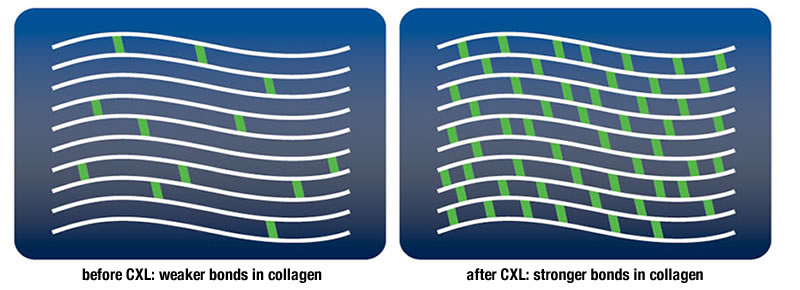
Corneal Crosslinking Keratoconus Australia Keratoconus Australia

Corneal Collagen Cross Linking For Keratoconus Touchophthalmology

Corneal Collagen Cross Linking Long Island Cxl Ny Sightmd

Corneal Cross Linking Wikipedia
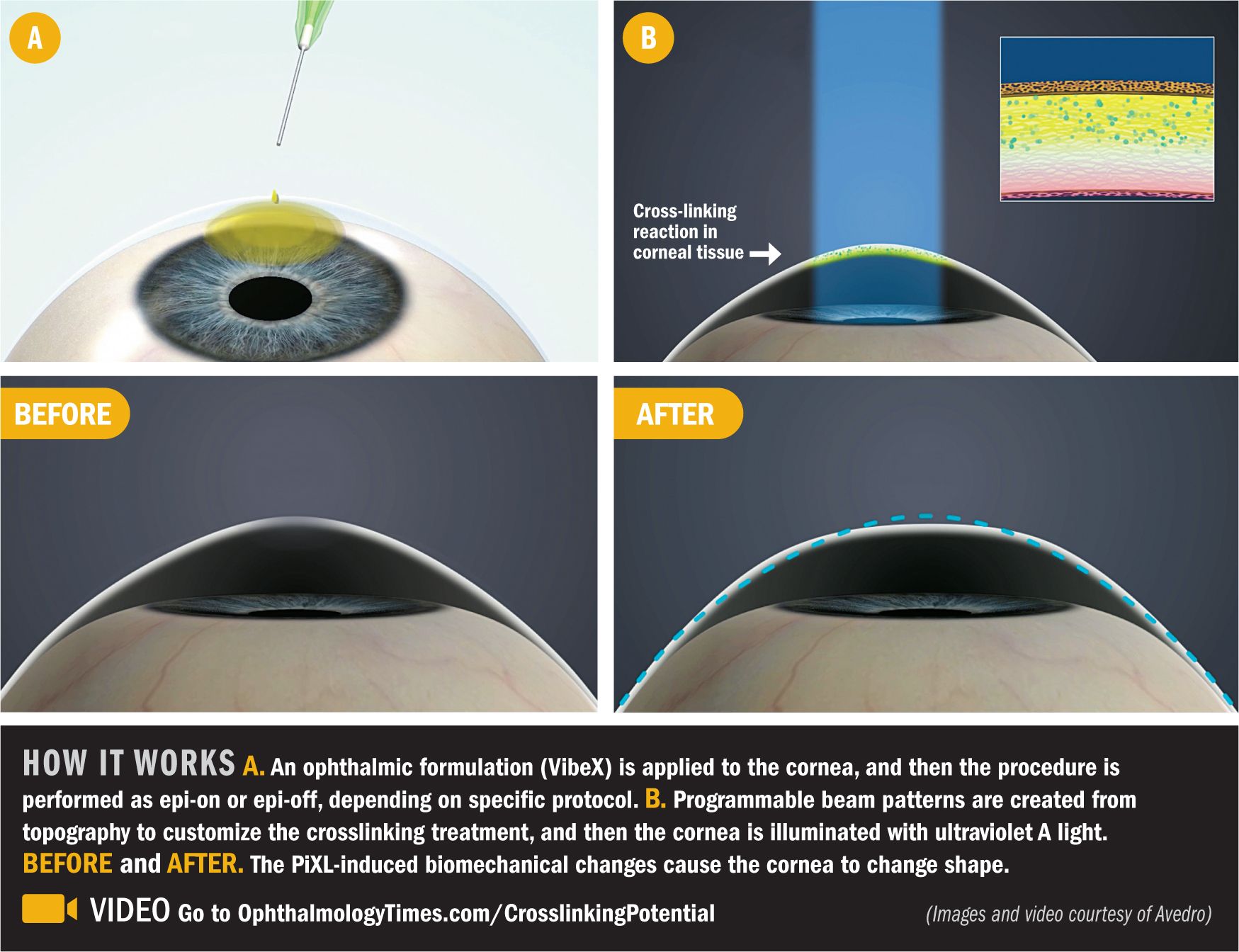
Crosslinking Showing Potential For Refractive Correction Ophthalmology Times

Corneal Cross Linking For Keratoconus 18

Ods Recognize Potential Of Corneal Collagen Cross Linking

Corneal Collagen Cross Linking Ccl Cxl

Collagen Cross Linking A New Treatment Paradigm In Corneal Disease A Review

Corneal Cross Linking
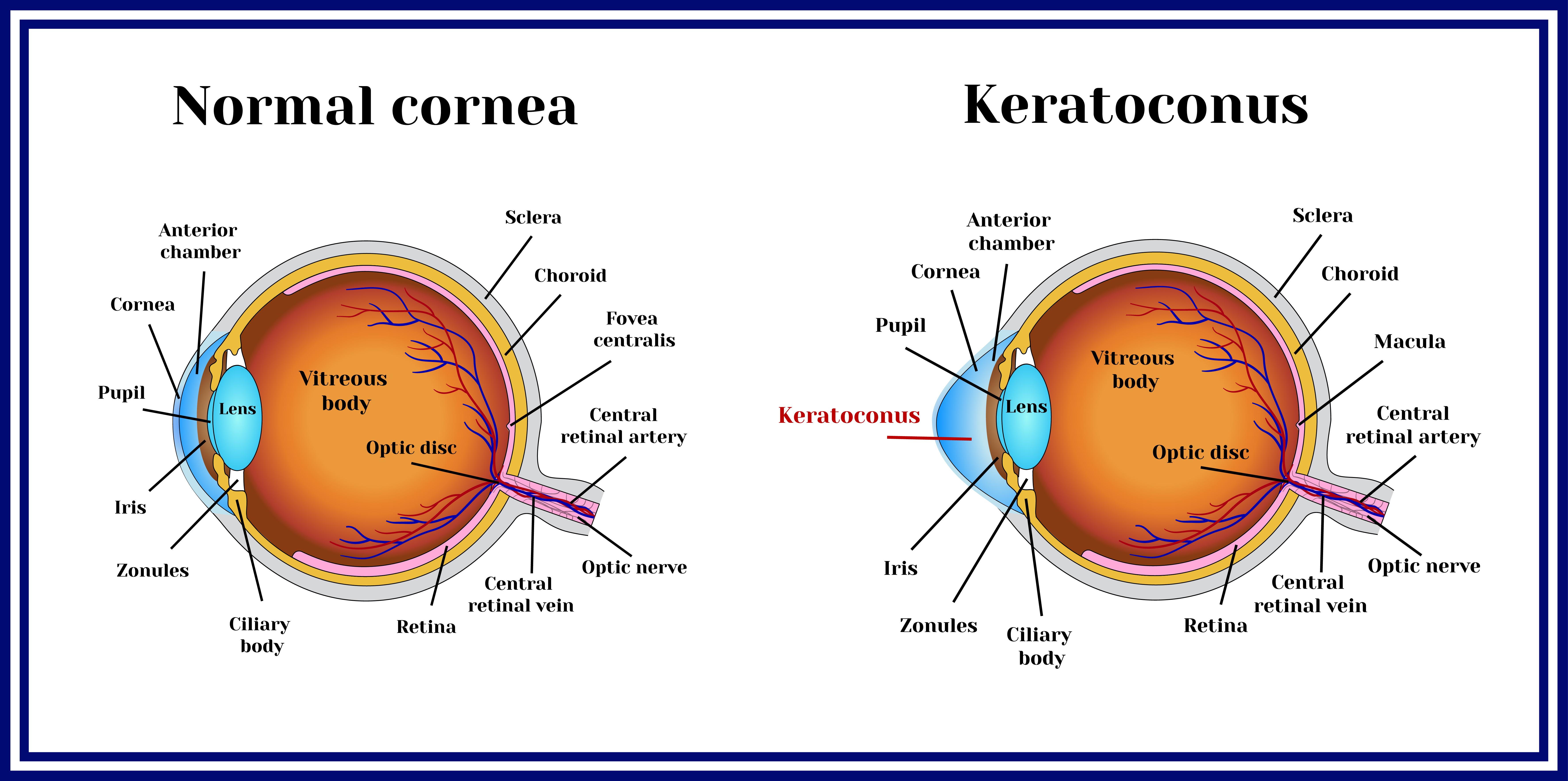
What Is Corneal Cross Linking Pros And Cons In Nvision Eye Centers

Keratoconus Corneal Cross Linking Brisbane Qei Laser Laser Eye Surgery Queensland Eye Institute Brisbane
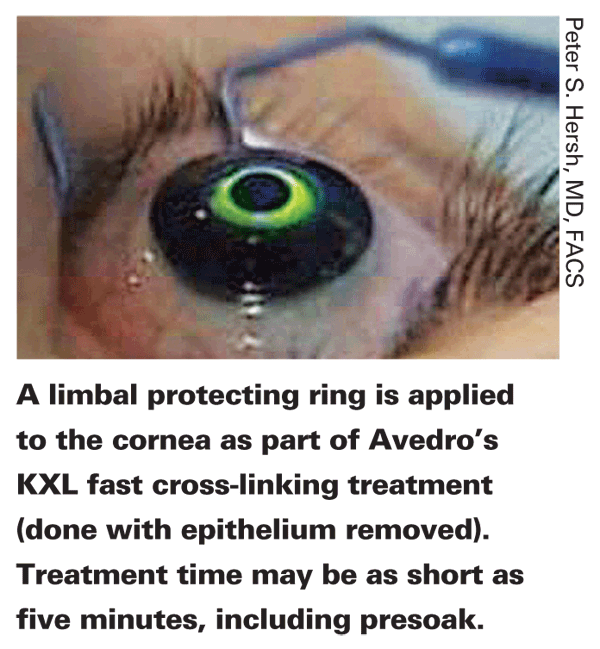
Collagen Cross Linking The Promise Keeps Growing
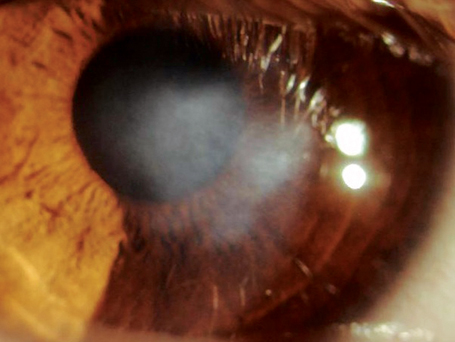
Cross Linking Asking The Tough Questions

Full Text Corneal Stromal Demarcation Line After Collagen Cross Linking In Corne Opth
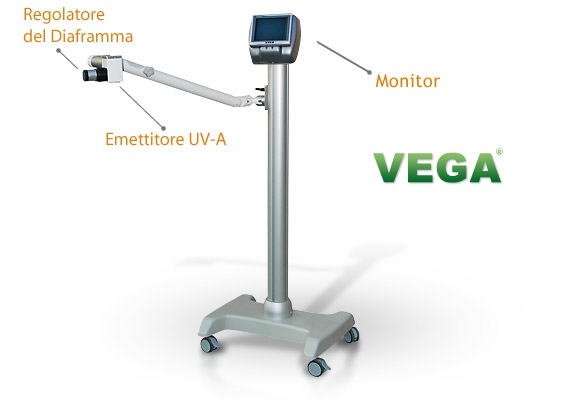
Corneal Cross Linking Or C3r
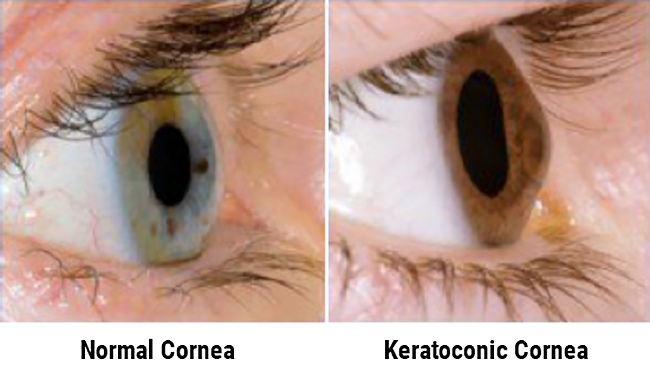
Corneal Collagen Cross Linking Treatment In Dc Md Keratoconus

Cornea Charleston Cross Linking Charleston Carolina Cataract

Unique Solutions For Corneal Cross Linking Servimed Industrial

Corneal Crosslinking Eyes Matter

Keratoconus Treatment Intac Surgery Corneal Cross Linking Explained By Dr Paul Dougherty Youtube

Pdf The Effect Of Standard And High Fluence Corneal Cross Linking Cxl On Cornea And Limbus Semantic Scholar

Ophthalmology Management Coding Amp Reimbursement

Corneal Cross Linking With Avedro Therapeutic Corneal Refractive Surgery Webinar Foulkes Vision Youtube

Cross Linking Vancouver Martin Mccarthy Md Martin Mccarthy M D

Transient Anisocoria After Corneal Collagen Cross Linking

Corneal Collagen Cross Linking A Handheld Uva Light Source Was Download Scientific Diagram

Studies On Molecular Changes In Corneal Tissue In Response To Treatment With Riboflavin And Ultraviolet Radiation Using Infrared Spectroscopy Klinisches Sensoring Und Monitoring Tu Dresden
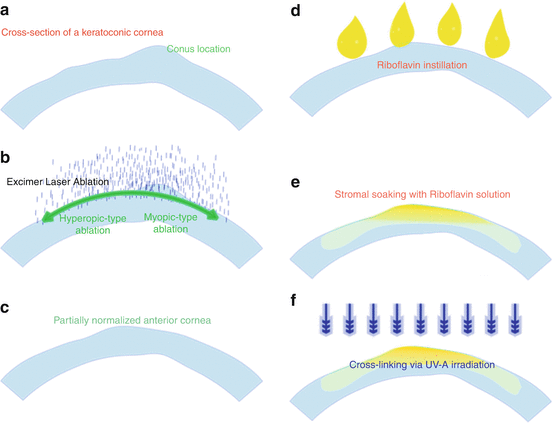
Combined Corneal Cross Linking And Other Procedures Indications And Application Models Springerlink

Corneal Cross Linking Oday Alsheikh Md Braverman Terry Oei

Cross Linking Jerry Tan Eye Surgery Clinic Singapore

Corneal Cross Linking Casey Eye Institute Ohsu

Corneal Cross Linking System Eye Instrument Eye Surgical Instrument Ophthalmology Instrument Opthalmic Surgery Instrument Eye Surgery Instrument In Malad West Mumbai Smr Ophthalmic Private Limited Id

Collagen Crosslinking Using Riboflavin And Uva Exposure For Keratoconus Or C3r Treatment

Eyeworld Tracking And Treating Pediatric Keratoconus With Crosslinking

Evolution In Cxl Eurotimes

Corneal Collagen Cross Linking With Riboflavin C3 R In Ernakulam Dr Tony S Super Specialty Eye Institute Id

Current Concepts In Crosslinking Thin Corneas Deshmukh R Hafezi F Kymionis Gd Kling S Shah R Padmanabhan P Sachdev Ms Indian J Ophthalmol

Everything You Need To Know About Corneal Collagen Cross Linking Cxl Covalentcareers

Eyeworld Update On Corneal Crosslinking
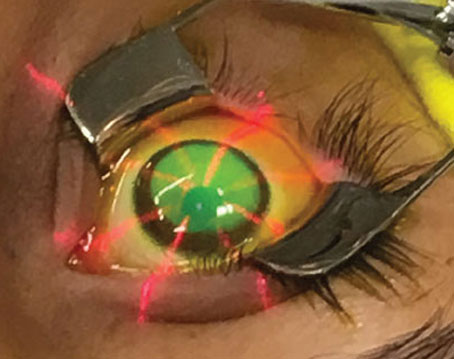
When Corneal Cross Linking Goes Bad
Q Tbn And9gcrz6bxjsb6gnyuysejhwgaewtyrig1towyuvwgsdi0yjzx65whp Usqp Cau

Eyeworld Tracking And Treating Pediatric Keratoconus With Crosslinking

Keratoconus Has An Early Stage Treatment Option Corneal Collagen Cross Linking New Zealand Doctor

Ophthalmology Management Collagen Cross Linking

Chicago Corneal Cross Linking Cxl Procedures Foulkes Vision
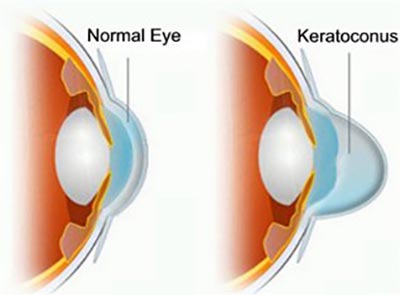
Corneal Cross Linking Cxl Procedure Top Eye Doctor Midtown Nyc

Corneal Collagen Cross Linking Cxl In San Diego California

Corneal Cross Linking Treatment Utah Utah County Excel Eye Center

Keratoconus Blemma

Corneal Collagen Cross Linking
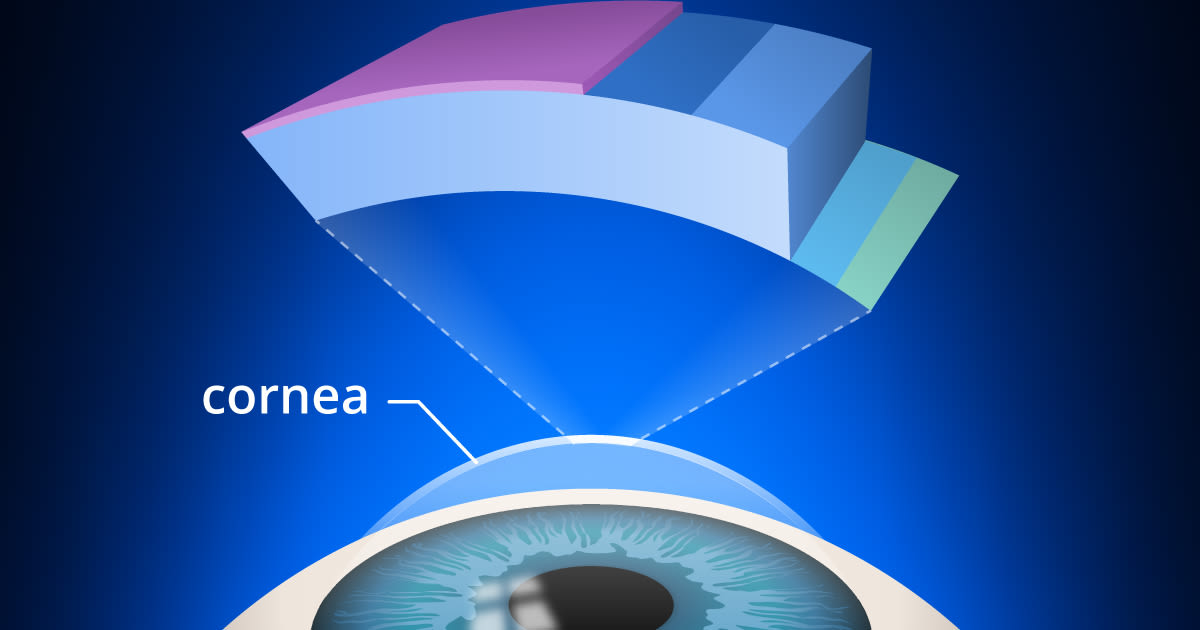
Corneal Cross Linking Recovery Side Effects Cost

San Francisco Keratoconus Treatment Collagen Cross Linking

Corneal Collagen Cross Linking Procedures

Figure 1 From Current Perspectives On Corneal Collagen Crosslinking Cxl Semantic Scholar
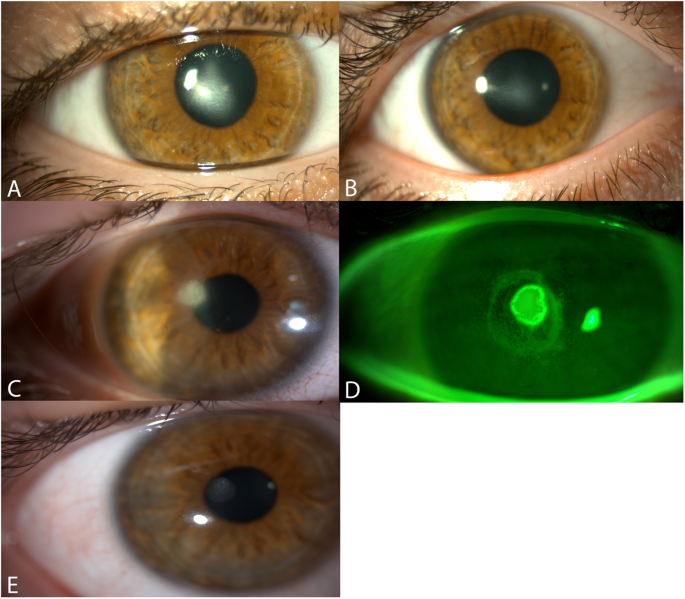
Localised Corneal Haze And Scarring Following Pulsed Accelerated Collagen Cross Linking For Keratoconus Eye

Corneal Cross Linking Cxl Clearvision Eye Clinic Singapore

Eyeworld Corneal Crosslinking Fast And Furious Versus Low And Slow

Corneal Collagen Cross Linking For Keratoconus Helps Patients See Better Longer Eyes And Vision Prevention Ut Southwestern Medical Center
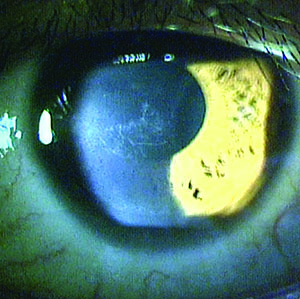
When Corneal Cross Linking Goes Bad
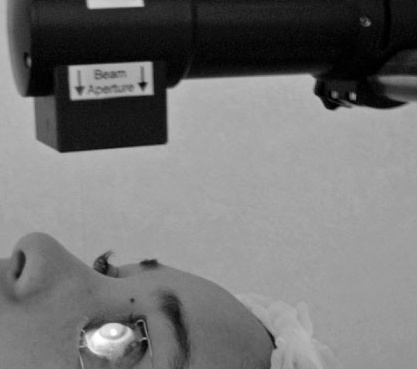
Corneal Cross Linking Wikipedia



